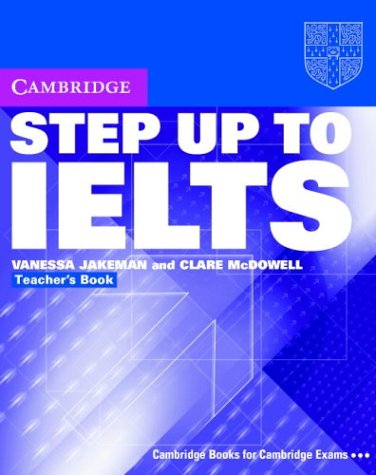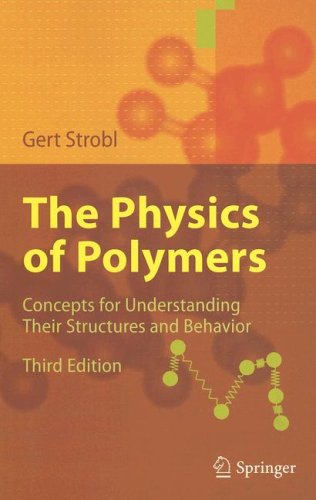K.D. Moeller , "Optics: Learning by Computing, with Examples Using Maple, MathCad®, Matlab®, Mathematica®, and Maple®"
Springer; 2nd ed. edition (August 8, 2007) | ISBN: 0387261680 | 454 pages | PDF | 10 Mb
This new edition is intended for a one semester course in optics for juniors and seniors in science and engineering. It uses scripts from Maple, MathCad, Mathematica, and MATLAB to provide a simulated laboratory where students can learn by exploration and discovery instead of passive absorption.
The text covers all the standard topics of a traditional optics course, including: geometrical optics and aberration, interference and diffraction, coherence, Maxwell's equations, wave guides and propagating modes, blackbody radiation, atomic emission and lasers, optical properties of materials, Fourier transforms and FT spectroscopy, image formation, and holography. It contains step by step derivations of all basic formulas in geometrical, wave and Fourier optics.
The basic text is supplemented by over 170 files in Maple, MathCad, Mathematica, and MATLAB (many of which are in the text; al scripts are included on the CD), each suggesting programs to solve a particular problem, and each linked to a topic in or application of optics. The computer files are dynamic, allowing the reader to see instantly the effects of changing parameters in the equations. Students are thus encouraged to ask "What if?" questions to asses the physical implications of the formulas. The discussion of Fourier transforms in particular is enhanced by the availability of numerical methods.
The book is written for the study of particular projects but can easily be adapted to other situations. The threefold arrangement of text, applications, and files makes the book suitable for "self-learning" by scientists or engineers who would like to refresh their knowledge of optics.In the classroom, the Maple, MathCad, Mathematica, and MATLAB scripts can serve as starting points for homework; outside, they can help find solutions to complex problems in engineering applications.
Some praise for the previous edition:
OPTICS AND PHOTONICS NEWS [OCTOBER 2004]
"This book and its companion CD cover geometrical optics, electromagnetic theory, interference, diffraction and coherence theory. Chapters on optical constants, blackbody radiation, emission and absorption, lasers, holography and Fourier transform spectroscopy broaden its scope. The packet contains over 170 MathCAD files linked to specific topics and applications. [T]he main virtues of the book are the excellent photographs of basic optical phenomena. The index is comprehensive. [The book] will certainly be helpful to students in an introductory optics course."
THE PHYSICIST (March/April 2004)














































